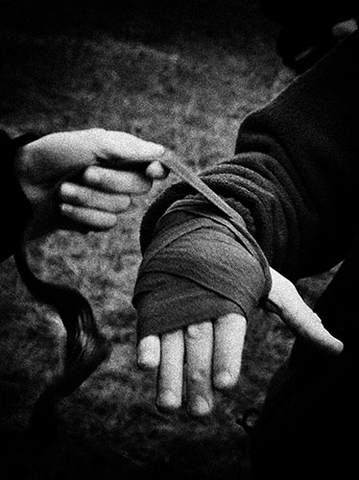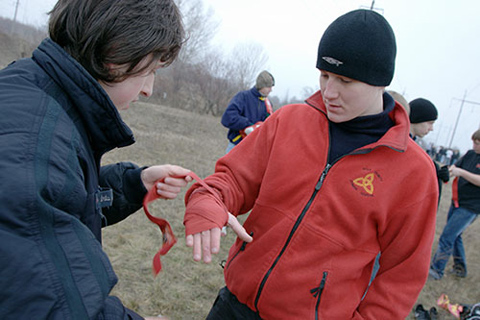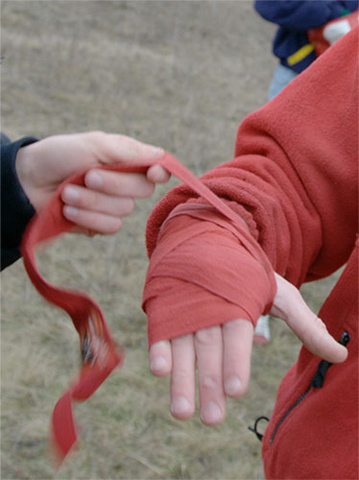There’s been a lot of discussion recently about Photoshop manipulation of images. It is a never ending debate–what is allowable, appropriate, ethical, etc. As a photographer whose work is mostly rooted in the visually tangible world, I avoid altering images, and I crop minimally. It is an unstated, but understood, agreement with myself and with my viewers. But at the same time I am well aware of the tenuous hold on reality that any photograph has. For me, that dichotomy between the real and the unreal is integral to what makes photography compelling. Veracity is another issue. It may be dependent on adherence to certain norms, but it is not, in the end, always as clear cut as people think, or wish it to be.
The latest issue, involves the disqualification of a winner in the World Press Photo contest, an annual event held in Amsterdam, which showcases the best of photojournalism. The controversy involves the Ukrainian photographer Stepan Rudik who won third prize in sports features for his pictures of “street fighting.” Because of past questions about the honesty of digital images, this year photographers were required to furnish the RAW files–digital negatives–downloaded directly from cameras. These could then be compared with the final submitted images. The basic rules being that traditional darkroom manipulation is allowed (cropping, dodging and burning), but not digital cloning or removing unwanted distractions.
Here’s the silliness we end up with:
Rudik’s winning submission
Rudik’s original uncropped, unconverted RAW image
Rudik’s cropped image with no other changes
What disqualified Rudik was not the cropping, not the converting to black and white, not the digitally introduced grain, not the heavy burning of the margins of the image. The photo was disqualified because a bit of extraneous detail–someone’s foot–seen between the fighter’s thumb and forefinger was cloned out.
I’m not going to defend Rudik who should have known better, or should have consulted the rules more carefully. Contests like World Press Photo, however, routinely reward photographs for calculated affect, false sentiment, misleading context, you name it. To their credit, they seek to honor those who, in many cases, risk their lives to report on conflicts around the globe, but so often end up promoting aesthetic cliches over less mediated documents, and in doing so, create the the problem that led to Stepan Rudik’s disqualification.
Full story and discussion here.



I believe photographic dishonesty is far more widespread than we think. I attended a digital printing workshop presented by a well known fine art photographer/teacher in the No. Cal. Bay area and it was only in passing that he mentioned (and not to the other attendees) that his new series of photographs taken in China had cloned/elements so that what you saw was not what was originally seen. These photos were for sale on this person’s website as fine art and nowhere did it state that the images were highly manipulated. Cheap shot? I think so. I feel reassured when a photographer clearly states his/her philosophy on image manipulation, especially with regard to images I collect or even admire. This was a good subject for you to cover.
I don’t know how this will all play out in the coming years. There is no clear line defining what is acceptable and what is not, nor do I expect there ever to be one. Each of us has his/her own ethical compass, which applies to more than just digital manipulation. It goes to one’s whole approach to making pictures, the way in which one frames the world. All photography is a distortion or an interpretation of reality, which is itself only knowable through mediation. That is what artists do, they come between, whether they reflect or construct the world around them.
For many, this recognition of the mutability of “the real” means that there is no point in fealty to the presumed “world out there.” For me, however, each photograph I make is a part of a process of defining, revealing, and discovering the edges of the real.